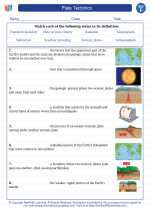Glacial Activity
Glacial activity refers to the processes and effects of glaciers, which are large masses of ice that move slowly over land. Glaciers form in areas where more snow falls than melts each year, causing the snow to accumulate and compress into ice over time.
Formation of Glaciers
Glaciers form when snow accumulates and is compressed into ice over many years. The weight of the overlying snow compacts the snow underneath, causing it to recrystallize into dense glacial ice. This process continues over time, forming large masses of ice.
Movement of Glaciers
Glaciers move due to the force of gravity and the gradual downhill flow of the ice. This movement can cause significant changes to the landscape, including erosion, transportation of sediments, and the formation of landforms such as moraines and drumlins.
Effects of Glacial Activity
Glacial activity has a number of effects on the environment, including shaping the landscape, carving out valleys, and leaving behind unique landforms. Glaciers also play a role in the global water cycle, as they store and release freshwater over time.
Study Guide
.◂Science Worksheets and Study Guides Sixth Grade. Plate Tectonics

 Worksheet/Answer key
Worksheet/Answer key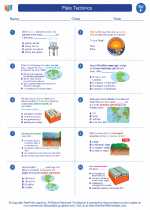
 Worksheet/Answer key
Worksheet/Answer key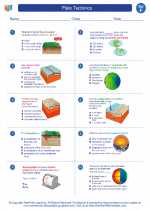
 Vocabulary/Answer key
Vocabulary/Answer key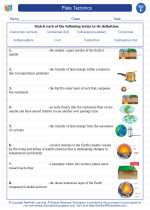
 Vocabulary/Answer key
Vocabulary/Answer key
 Vocabulary/Answer key
Vocabulary/Answer key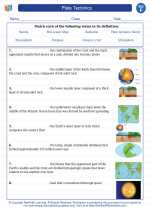
 Vocabulary/Answer key
Vocabulary/Answer key